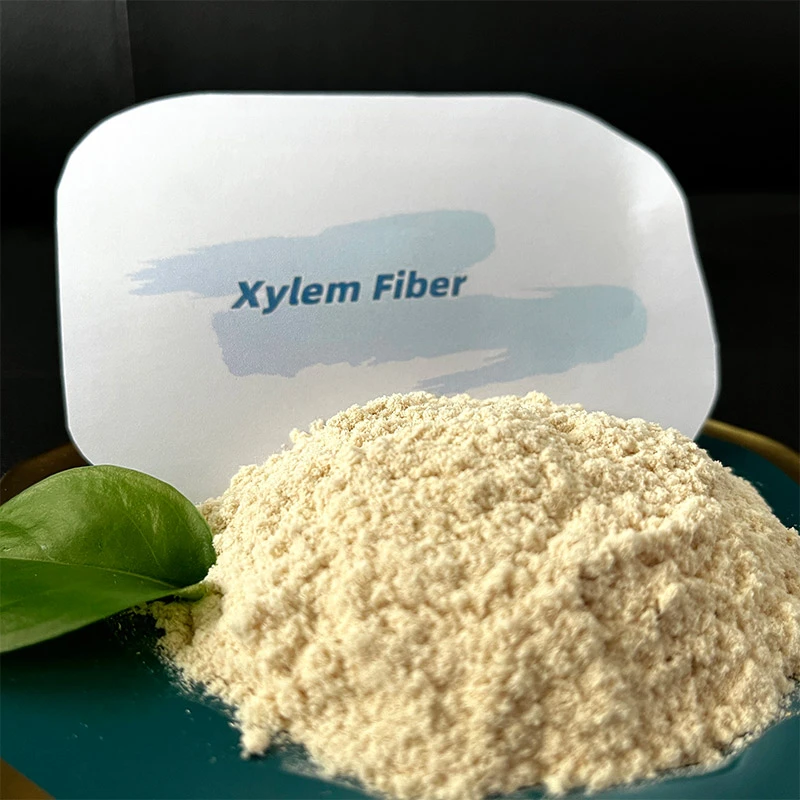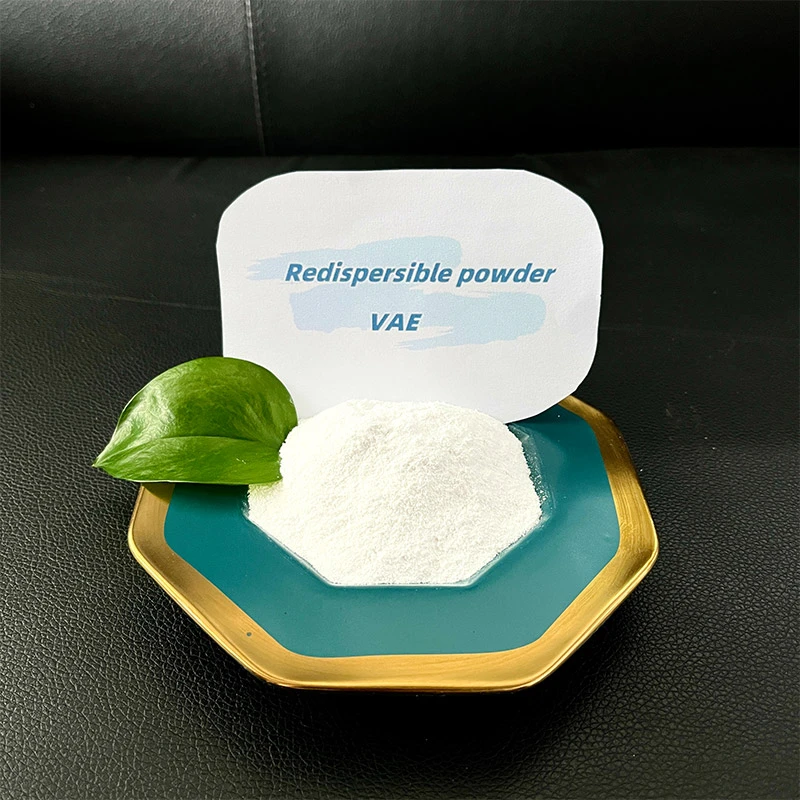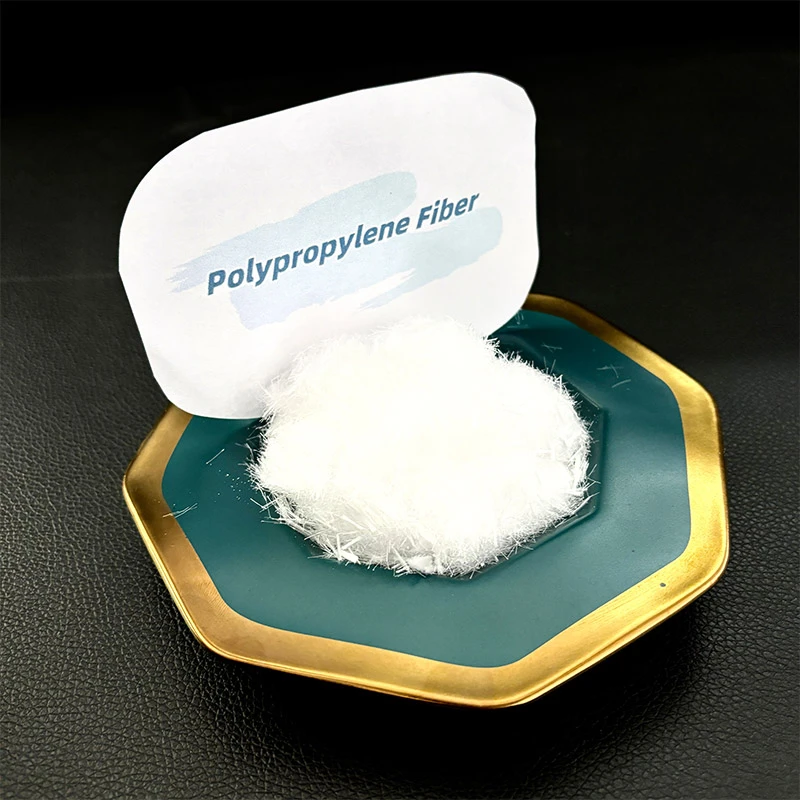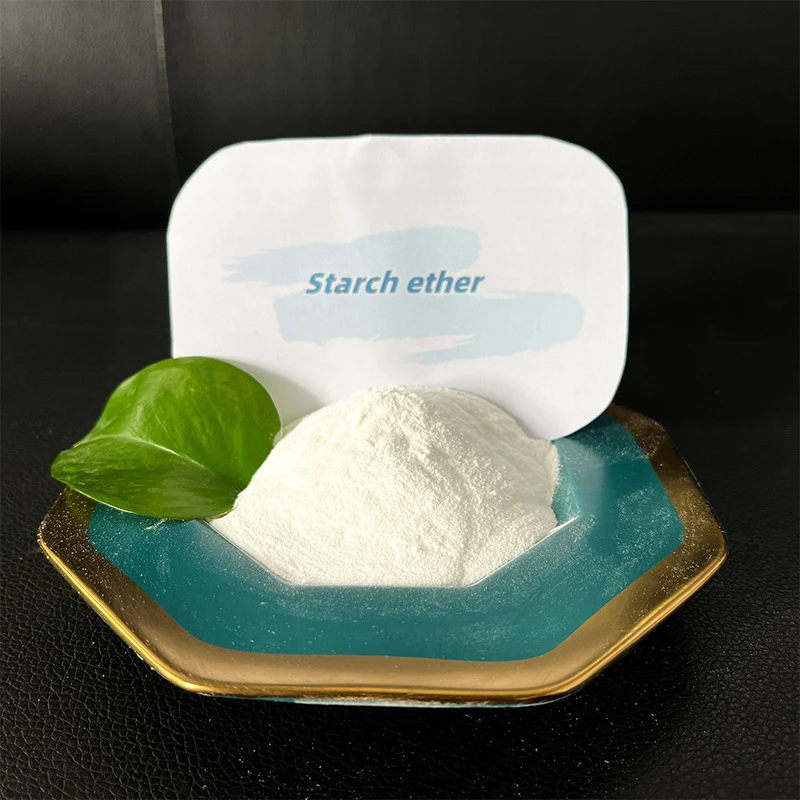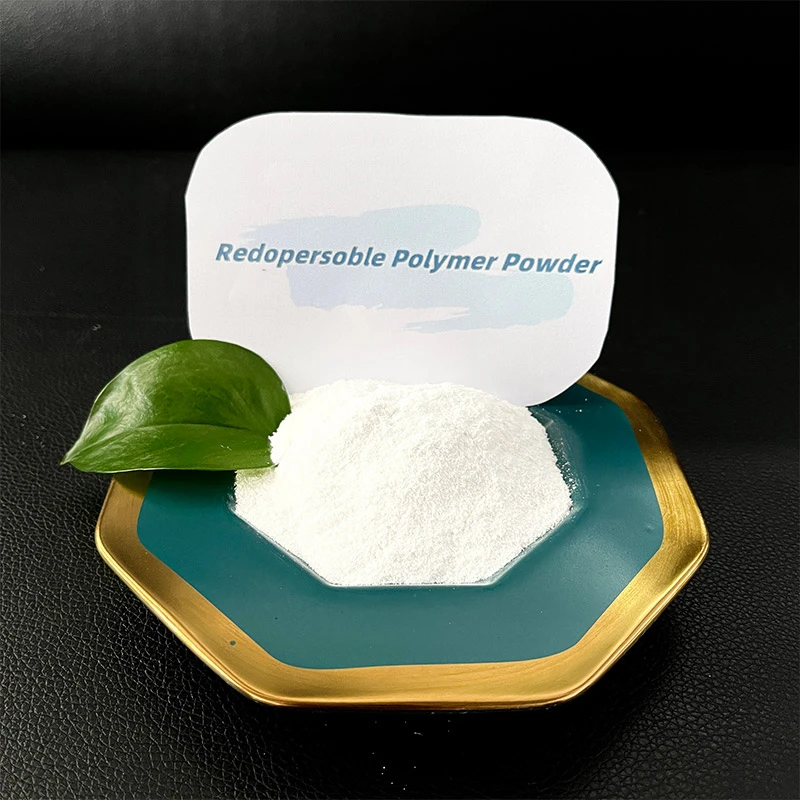
-

Add: HeBei ShengShi HongBang Cellulose Technology CO.,LTD.
-

Email
13180486930@163.com -

CONTACT US
+86 13180486930

High-Performance Fiber for Concrete Mix Optimal Polypropylene Fiber Reinforced Concrete Design
- Introduction to fiber for concrete mix
and its transformative purpose - Technical advantages of employing polypropylene fibers in concrete
- Comparative assessment: fiber-reinforced vs. conventional concrete with data
- Mix design principles of polypropylene fiber reinforced concrete
- Custom solutions and how to tailor concrete mixes for different applications
- Real-world case studies utilizing fiber-enhanced mixtures
- Conclusion on fiber for concrete mix: market trends and long-term benefits
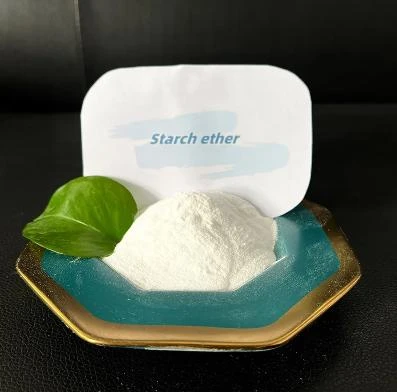
(fiber for concrete mix)
Introduction: The Evolution of Fiber for Concrete Mix
Over the past decades, the introduction of fiber for concrete mix has dramatically reshaped the possibilities in construction. Once limited by the inherent brittleness of traditional concrete, modern engineering now leverages an array of fibers—most notably polypropylene—to enhance mechanical properties and durability. The drive to minimize cracking, increase impact resistance, and achieve longer service life underpins the shift towards fiber reinforcement. Construction projects across civil infrastructure, commercial developments, and even precast applications have adopted these advances. Yet, the journey to optimize the fiber content and blend for specific demands continues, propelled by technical innovation and validated by extensive empirical data.
Technical Advantages of Polypropylene Fiber in Concrete
Polypropylene fibers, a synthetic option for reinforcement, offer unmatched performance in modern concrete design. Their physical and chemical properties—including high tensile strength and chemical inertness—make them ideal for resisting shrinkage and thermal cracking. Laboratory experiments demonstrate reductions in plastic shrinkage cracks by up to 85%, as compared with plain concrete. Further, the fibers distribute throughout the mixture, offering multidimensional reinforcement that conventional rebar cannot. These improvements translate to decreased permeability, increased fire resistance, and enhanced impact tolerance, making them vital for heavy-duty industrial flooring, tunnel linings, and shotcrete applications. Unlike steel fibers, polypropylene eliminates the risk of corrosion, extending the structural lifespan without any negative trade-off in workability or finishing.
Comparative Performance Analysis: Data-Driven Insights
A comprehensive evaluation of fiber-reinforced versus traditional concrete highlights the quantifiable benefits in structural integrity, durability, and lifecycle cost. The following data encapsulate recent industry and academic findings, providing an evidence-based framework for specification:
| Parameter | Conventional Concrete | Polypropylene Fiber Reinforced Concrete |
|---|---|---|
| Compressive Strength (MPa) | 35-40 | 36-41 |
| Flexural Strength Improvement | — | 15-25% |
| Plastic Shrinkage Crack Reduction | — | 80-90% |
| Impact Resistance | Standard | Up to 250% increase |
| Corrosion Risk | Present (with steel rebars) | Negligible |
| Long-Term Maintenance | Higher | Lower |
These results indicate that the incorporation of fibers, particularly polypropylene, delivers superior crack resistance and robustness. This data-backed advantage is leading project owners to adopt mix designs that go beyond conventional approaches.
Mix Design of Polypropylene Fiber Reinforced Concrete: Methods and Mechanisms
The mix design of polypropylene fiber reinforced concrete requires a nuanced approach to component selection and proportioning. It begins with determining the target performance—whether focused on abrasion resistance, flexural strength, or crack minimization. Polypropylene fibers are typically introduced at a rate of 0.9–1.5 kg per cubic meter of concrete. It is essential to ensure uniform fiber distribution, typically by using high-shear mixers or automated batching, as clumping can undermine material properties. Mix water adjustments are minimal since polypropylene does not absorb moisture. Key admixtures, such as superplasticizers, maintain workability, compensating for any stiffening from fiber addition. Quality control includes testing for slump, air content, and post-crack residual strength, establishing a clear deviation from standard concrete QC protocols. This methodical strategy ensures that the intended enhancements in mechanical performance, ductility, and durability are fully realized.
Customizing Concrete Mixes: From Specification to Implementation
Every construction project presents unique requirements, and the ability to customize polypropylene fiber concrete mix design is critical. Leading fiber suppliers offer technical support to optimize fiber length, diameter, and dosage in line with project parameters such as slab thickness, traffic loads, and exposure conditions. For example, industrial warehouse floors may utilize higher dosages and longer fibers to counter forklift impact, while thin precast panels require smaller, uniformly dispersed fibers for aesthetic surface finishes. Digital modeling and simulation tools now guide mix adjustments, predicting performance outcomes and ensuring regulatory compliance. This level of customization streamlines project execution, reduces material wastage, and guarantees that enhanced durability aligns with cost constraints. Moreover, sustainability targets—such as recycling potential or embodied carbon reduction—are increasingly incorporated into bespoke mixture designs.
Global Success Stories: Application Case Studies
The deployment of polypropylene fibers spans a wide range of high-profile undertakings. For instance, the Johannesburg Gautrain railway tunnels integrated fiber-reinforced shotcrete, achieving crack reduction rates of around 90% and eliminating water ingress-related repairs. Another project, the Chicago O'Hare Airport taxiways, leveraged fiber additions to maintain surface integrity under extreme freeze-thaw cycles, resulting in maintenance savings exceeding $2 million over five years. A comparison of top manufacturers reveals marked differences in fiber geometry, quality control, and after-sales support, leading project managers to conduct rigorous prequalification. For example:
| Manufacturer | Fiber Geometry | Quality Certifications | Best Application | Technical Support |
|---|---|---|---|---|
| Sika | Monofilament 12/19mm | ISO 9001 | Precast Segments | Comprehensive |
| BASF MasterFiber | Fibrillated 40mm | EN 14889 | Industrial Floors | On-Site Consultation |
| Bekaert | Hybrid/Blended | CE Marked | Shotcrete, Tunnels | Digital Modeling |
These examples confirm the adaptability and efficiency of fiber reinforcement, underscoring the importance of selecting an experienced supplier to meet bespoke project demands and ensure best-in-class outcomes.
Conclusion: Fiber for Concrete Mix, Market Dynamics, and Forward Outlook
The increasing adoption of fiber for concrete mix systems signals a fundamental shift in how the construction sector approaches performance, longevity, and cost-efficiency. Global demand for polypropylene fiber-reinforced concrete is projected to grow at a CAGR of 6.5% through 2030, driven by expanding infrastructure in Asia-Pacific and government mandates on durability. The integration of fibers—supported by documented technical and economic benefits—is now considered best practice for high-value assets. As innovation in mix design and fiber technology accelerates, stakeholders benefit from customized, data-backed solutions that directly translate to resilient, sustainable structures. Ultimately, the fiber revolution is not just about adding strength; it is about redefining the performance boundaries of concrete for a new era of engineered construction excellence.
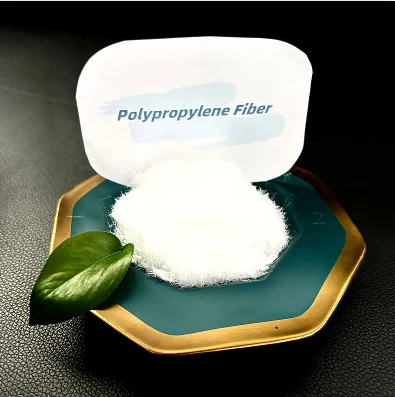
(fiber for concrete mix)
FAQS on fiber for concrete mix
Q: What is fiber for concrete mix?
A: Fiber for concrete mix refers to materials, like polypropylene fibers, that are added to concrete to improve its strength and durability. These fibers help control cracking and increase impact resistance. They are commonly used in both industrial and residential projects.Q: What is the mix design of polypropylene fiber reinforced concrete?
A: The mix design of polypropylene fiber reinforced concrete involves adding a specified amount of polypropylene fibers to the concrete blend. Typically, 0.9 to 1.5 kg of fiber per cubic meter is used. This enhances the concrete's toughness and crack resistance.Q: How do you design a polypropylene fiber concrete mix?
A: To design a polypropylene fiber concrete mix, start with a standard concrete mix and incorporate the recommended fiber dosage. Adjust water and admixtures if necessary for workability. Always follow manufacturer guidelines for best results.Q: What are the benefits of adding fiber to concrete mix?
A: Adding fiber to concrete mix improves its mechanical properties, reduces shrinkage cracking, and increases impact resistance. Polypropylene fibers are especially effective for these benefits. They also improve concrete’s durability and service life.Q: How is fiber added to the concrete mix during preparation?
A: Fibers are usually pre-weighed and then evenly distributed into the dry mix ingredients before adding water. This ensures proper dispersion in the final mixture. Some mixes may require adjustment to mixing time for optimum results.-
Ethyl Cellulose Powder as a Pharmaceutical BinderNewsJul.10,2025
-
Blending Fibre Natural and Synthetic for PerformanceNewsJul.10,2025
-
Starch Ether For Construction: The Advanced Mortar Additive RevolutionNewsJul.10,2025
-
MHEC Cellulose in Cement-Based Renders and PlastersNewsJul.10,2025
-
Micronized Rubber Powder Dispersion TechniquesNewsJul.10,2025
-
Impact of Cream of Tartar Plaster Retarder on Final StrengthNewsJul.10,2025
-
Rubber Powder Durability in ConstructionNewsJun.26,2025







